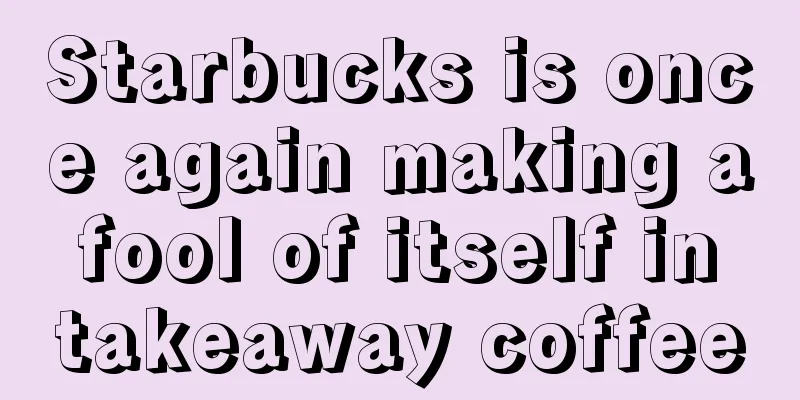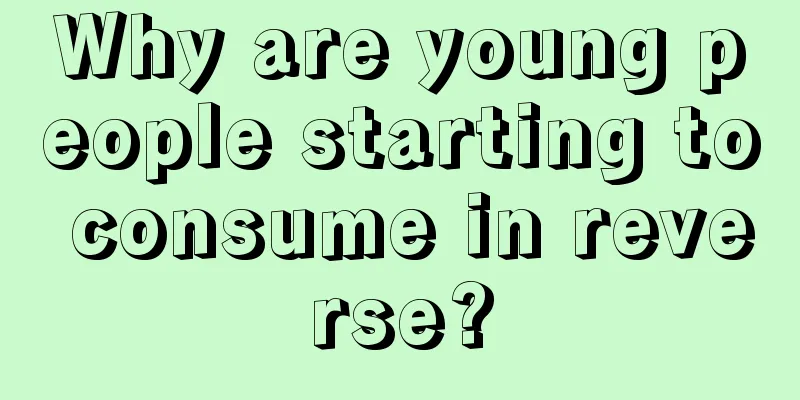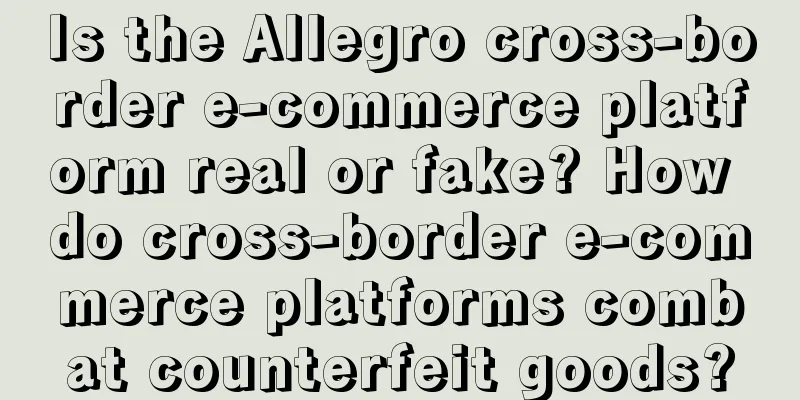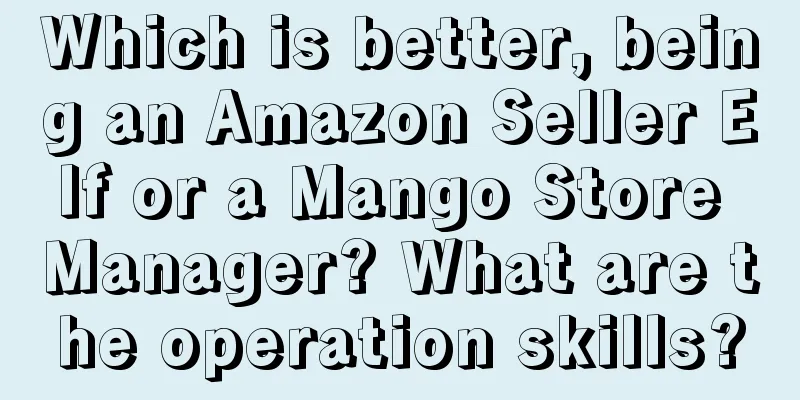Starbucks is once again making a fool of itself in takeaway coffee

Drinking coffee in Starbucks and ordering coffee takeout are two different experiences. In the store, you may be warmed by such an accidental scene: the takeout guy was poking his mobile phone in front of the bar, mumbling for a long time, and the clerk didn't understand what he was doing. It turned out that the coffee was spilled halfway through the delivery. Perhaps he was a little frustrated, so he was ready to pay for another cup himself, but he was stuck in a scene he was not familiar with - ordering. As a result, the clerk said directly: No, just make you another cup. The guy was stunned for two seconds, and after saying thank you repeatedly, he talked about the last time he spilled a drink when delivering food, and he paid more than 30 yuan in compensation. Afterwards, the store clerk explained to the curious customers that this situation could be offset by their own "partner benefits". It's not easy for the deliverymen either. It’s a delivery experience that is so warm that the customer who placed the order is hardly aware of it. This is the contradiction of the takeaway scene: pursuing efficiency and convenience, but at the same time giving up some scene experience and social functions. In the end, whether the flavor of the drink is consistent with the dine-in experience has become the highest criterion for judging the takeaway experience. Therefore, the previous idea of boutique coffee brands was to upgrade the distribution infrastructure, such as redesigning refrigerated delivery boxes and takeaway cup lids. In the fifth year of Starbucks Delivery, Starbucks has provided the industry with a new idea - developing online "exclusive" products tailored for takeout customers to provide differentiated value. What makes people curious is what "little thoughts" Starbucks has hidden behind this strategy? And in addition to discount coupons, will takeaway coffee collectively move towards exclusive product innovation? 1. The coffee industry has a takeaway "special supply"Starbucks understands atmosphere marketing. On August 29, the fifth anniversary of Starbucks’ delivery service, the launch of the first coffee drink designed for delivery, the Space-Time series, triggered a check-in trend on social media. "I checked in for the new high-end takeaway coffee. Who is Starbucks trying to cheat?" A Xiaohongshu user took a photo holding a takeaway coffee and shared his feelings about the two new tea and coffee products, Osmanthus Flavor Tieguanyin Latte and Plum Hawthorn Black Tea Americano. Shared by Xiaohongshu users The behavior of "checking in" often starts with freshness or scarcity. Starbucks' new delivery products have grasped this well - "born for takeout" has two meanings: one is that customers cannot buy it in stores; the other is that in the design of beverages, the delivery time is used to "soak along the way" so that the flavor is just right when it arrives. Setting a "time and space" threshold for purchases will undoubtedly increase the sense of scarcity and gain. Luxury brand Hermes and mass consumer product Xiaomi have successfully verified this. However, for Starbucks' online exclusive coffee, time is a necessity. The tea bags are soaked along the way, and when they are delivered to customers 20 minutes later, the flavor is just right. If you tell store customers that they have to wait 20 minutes before they can drink this, many people may not be able to stand it. From this perspective, Starbucks understands China's national conditions. "Time and space" used to be a constraint in the takeaway scene. Consulting firm Deloitte pointed out in the "White Paper on the Freshly Ground Coffee Industry" that whether in the "fast coffee" or "slow coffee" scene, taste is a factor that consumers always pursue. However, how to ensure that the beverage maintains the right flavor during the delivery process has always been a difficult problem. Earlier, there were three major pain points in coffee takeout: spillage, temperature, and easy dispersion of milk foam. In order to solve this problem, various brands have developed "takeout anti-spill cup lids". For example, Starbucks designed a "reflux chamber" for the takeout cup lid to prevent steam and liquid from overflowing, and the delivery platform redesigned the refrigerated delivery box. However, cappuccino, which has nearly one-third of the milk foam, is destined not to appear on the takeout menu. After all, no one wants to experience the embarrassment of ordering a cappuccino and finding it turned into a latte after receiving it. The emergence of the "Time and Space" series of Starbucks Express means a change in the industry's thinking. With the delivery infrastructure already complete, if time and space are turned into "friends" through category innovation, providing differentiated scene experiences for takeaway users, it is undoubtedly an upgrade of industry competition. On the surface, Starbucks is rolling itself; on a deeper level, once such online exclusive products become a hit, they will also inspire peers - it turns out that in addition to discount coupons, you can also use an endless stream of "exclusive products" to activate the connection between online users and brands. This approach may bring coffee takeaway to a new level, and of course the ultimate beneficiaries are still the users. From the perspective of product operation, this round of operation of Zhuanxingsong is also noteworthy. As a global retail giant, refined operation is not just a slogan, but details are everywhere. For example, there will be a dedicated timing module on Zhuanxingsong, which starts from the time the drink is made, and automatically reminds customers that it is suitable for drinking after 20 minutes. This ingenuity not only enhances the ritual and atmosphere of drinking coffee, but also advances the connection between customers and drinks. 2. Takeaway is becoming a new growth pole for StarbucksSince the beginning of this year, the coffee market has continued to heat up. According to QuestMobile data, as of June this year, the number of users of freshly brewed coffee reached 76.106 million, a year-on-year increase of 109.6%. In a booming market, why is Starbucks the first to focus on takeout? "NoNoise" believes that this is inevitable. First of all, online business is becoming a new growth opportunity for Starbucks. From the timeline, in September 2018, the takeaway business Star Delivery was launched; after one year of operation, Star Delivery accounted for only 7% of Starbucks China's total sales in that quarter. But it has been growing steadily since then. By the third fiscal quarter of 2023 (note: the second quarter of natural year 2023), Star Delivery sales hit a record high, a year-on-year increase of 63%, accounting for 25% of total sales. The growth opportunities brought by the digital platform have objectively boosted Starbucks' market confidence. According to the Starbucks China 2025 strategic vision released in September last year, the company plans to achieve a goal of more than double the current sales of its delivery business by 2025. If we refer to the other two key indicators in the 2025 strategic vision for cross-analysis, the proportion of Starbucks delivery in total sales may further increase on the basis of 25%. According to the plan, Starbucks China will open 9,000 stores in 2025, based on the 6,000 stores in fiscal 2022, a 50% increase in the number of stores, and the net income growth target for the same period will double; if we compare the performance of the previous quarter horizontally - same-store sales increased by 46% and Starbucks delivery increased by 63%, this means that Starbucks delivery will have to bear higher growth expectations and become a stronger growth engine. To achieve the above goals, the delivery business needs to expand its user base and increase the frequency of repeat purchases. This is a challenge for Starbucks. In the coffee industry, Starbucks represents the "third space". When customers consume in stores, they not only pay for coffee, but also pay for the premium of social space and service experience. The takeaway scene is different. The expansion of the overall market scale has led to stratification of customer groups. Senior members may continue to pay for drinks and use their loyalty to recharge and call for the brand; but for potential new users, Starbucks needs to design exclusive experiences in online scenes to replace the sense of value of the "third space". Of course, there are other options in the industry. For example, many brands will stimulate online orders through discount coupons, and Starbucks also has takeaway coupons. But frankly speaking, discount coupons can attract new customers, but whether they can exchange for user loyalty and improve retention rate is questionable. In contrast, providing users with a differentiated sense of value is a more long-term strategy. Especially for the young consumer groups that Starbucks wants to capture, they prefer to pay for "experience", and the exclusive menu and customized experience for takeaway scenarios seem to be Starbucks' strengths. We infer that Starbucks will continue to increase the value of its delivered coffee, and the tea and coffee series should be just the first season of the coffee giant's efforts to develop delivery-only products. 3. Brand DNA leads the coffee business to different modelsFrom the perspective of the industry, this year's boutique coffee market is really lively, with coffee prices and store locations all rising. But this kind of competition is only a slice of the vast coffee market, and it is the most dramatic part of the industry's development. Domestic coffee consumption is clearly stratified, with different brand genes, different user positioning, and different underlying business logic. Take Starbucks as an example. As a representative of high-end coffee, whether it is the labeled third space or the online platform that is being added, the core of its business is always the user experience. This user experience is a combination of product quality, space, and social functions, and it is also a barrier that Starbucks cannot lose. On the contrary, if you stare at the "rearview mirror", be restrained by competition, or even compete on price, it will not make much sense. In fact, as a global coffee brand founded more than 50 years ago, Starbucks has gone through multiple economic cycles and has encountered competition in the US and overseas markets several times. Therefore, founder Howard Schultz himself has long thought about how to deal with competition. When visiting Peking University in April this year, he reiterated his point of view: "We don't spend a lot of time paying attention to what our competitors are doing, because our destiny is in our own hands - how do we exceed the expectations of our partners and customers? How do we strive to present the world's highest quality coffee? How do we keep customers coming back to Starbucks and recommend it to their friends? All of this has nothing to do with competition." The answers to the above questions ultimately revolve around user experience. On social media, Starbucks's "little thoughts" in many experience designs have become a topic that users are keen to discuss. For example, Starbucks' "heartfelt delivery" and random handwritten greetings on paper cups have become an extension of "warm delivery." The gameplay of "heartfelt delivery" adds social attributes to takeaway coffee. At this time, coffee is not only a cup of daily drink, but also can deliver what the other party wants to say. In addition, when the Starbucks delivery service was first launched, consumers were provided with customized options that were almost the same as those in stores. In terms of options such as the number of concentrated portions, extraction methods, milk types, and temperatures, advanced options such as flavored syrups and sauces have also been added, which can be regarded as a kind of "equal rights" for online experience. Local brands such as Luckin Coffee have a different business model. The core of Luckin Coffee and Kudi Coffee is affordable "fast coffee", so scale is particularly important. This is the basis for ensuring price advantage, and price is the source of mass base. Manner, Peet's Coffee, etc. continue to follow the boutique coffee route, and the number of stores is growing steadily. According to a third-party research report, the domestic coffee industry is expected to maintain an average growth rate of 27.2% in the next few years, and the market size of freshly ground coffee is expected to reach 190 billion yuan by 2024. In such a high-quality incremental market, all kinds of brands have enough room for growth. Of course, the premise is to find and continuously strengthen their differentiated competitiveness. From this perspective, Starbucks' series of actions to expand its influence can be considered a reasonable answer. Author: Sun Jing Source: NoNoise (ID: forjingyijing) |
<<: Shout the right slogan and become the first choice (9-word slogan tips)
Recommend
With a total of 100,000 private domain users in one year and a repurchase rate of 38%, how does Daily Black Chocolate conduct private domain operations?
How can brands do a good job in private domain ope...
Looking back at this year’s 618 battle: Is there any other way out besides hitting low prices?
This article mainly discusses the 618 e-commerce w...
eBay optimizes sellers' overseas warehouse sales access system and application method
eBay announced that it has further optimized the s...
All of these are true! 80% of the success of private domain depends on execution, and 20% is luck
In the field of private domain traffic management,...
What are the characteristics of Amazon Australia? Introduction
By analyzing the data on Australia's cross-bor...
How is the profit of temu platform? How to settle accounts on temu platform?
There are thousands of high-quality domestic and f...
Uncovering the hidden links of Zhihu tweets
More and more people are looking for side jobs bes...
How to withdraw money from Amazon? Is there any handling fee for withdrawal?
When operating a store on the Amazon platform, sel...
Even if you have 0 fans, you can still earn over 10,000 yuan a month.
The author of this article shares his views on the...
Why do you work overtime when you have nothing to do?
True enlightenment does not come from an outburst ...
How to fill in the Wish store? What information is required to open a Wish store?
Wish is a world-renowned e-commerce platform that ...
What are the conditions for opening a store on Shopee? How to join?
Shopee platform has been developing rapidly in rec...
Brands use "cute marketing" to conquer young people
"Cute and fun marketing" has been widely...
How long does it take to return products on Amazon in the United States? How to reduce the return rate?
After shopping on the Amazon platform, if you are ...
Following the video account, the public account is being promoted
From the internal beta push mechanism to the launc...









